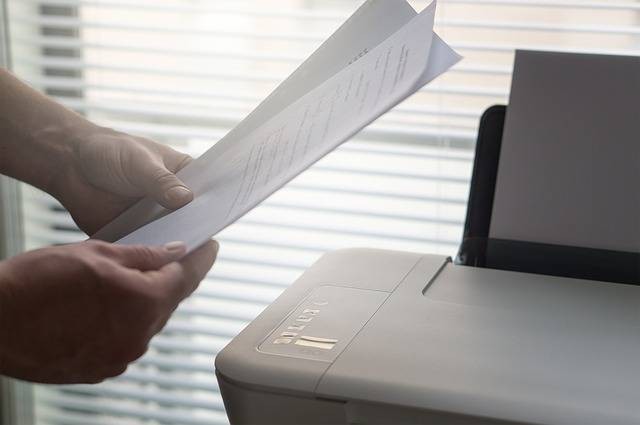News
Make the Switch to Recycled Content Copy Paper
Switching your business to using recycled paper is more than a strategy to save trees. Recycled paper does more for the planet: it creates jobs, supports local recycling programs, reduces solid waste, and saves energy, bleach and water at the paper mills.
In the U.S., the paper industry is one of the largest sources of greenhouse gas emissions because making paper is an energy-intensive process; often powered by non-renewable sources. Energy use at paper mills varies depending on many factors, but an average of 44% of energy is saved when making recycled paper instead of paper from wood.
Performance myths
Although recycled paper checks all the boxes for sustainability, there is hesitation among businesses to purchase it because of problems that occurred when recycled paper was first being widely produced. Today these problems have been solved, and now exist as myths that haunt the recycled paper industry.
When recycled-content paper started hitting the market, the paper was dark, it had problems creating dust in printers, and the quality was inconsistent. After decades of experience and new innovations, today's recycled copy paper is white, dust-free, and as reliable as traditional copy paper.
To combat this image, recycled paper manufacturers often sell their paper with money-back performance guarantees. One example of this is the "99.99% Jam-Free Guarantee" that Boise Paper, a large paper manufacturer in the U.S., implemented for their recycled copy papers.
Resources
EPA guidelines and lists of commercial vendors for recycled-content paper
Paper labels explained
Forest Stewardship Council (FSC): FSC certification confirms that the company used best management practices when growing and harvesting trees. It does not mean the product contains recycled content.
Green-e certified: A certification for businesses that use clean energy or purchase carbon offsets. Qualified clean energy includes wind, solar, biomass, hydro, biogas and geothermal energy.
Green Seal certification: The product has been certified based on environmental, health and social assessments of the product. This includes requirements for recycled-content, processed chlorine-free (see below), toxicity and packaging.
Post-consumer recycled content: The product contains materials that were used and recycled by a consumer. This is also written as "post-consumer fiber" for paper products that contain recycled paper.
Pre-consumer recycled content: The product contains materials recovered within the manufacturing process that may have otherwise been thrown away.
Processed chlorine-free (PCF): PCF means that chlorine was not added at the mill to whiten the paper. However, the mechanical alternative to whiten paper is more energy-intensive.
Programme for the Endorsement of Forest Certification (PEFC): PEFC certification confirms that the company used best management practices when growing and harvesting trees. It does not mean the product contains recycled content.
Sustainable Forestry Initiative (SFI): SFI certification confirms that the company used best management practices when growing and harvesting trees. It does not mean the product contains recycled content.



